This installment of “Historic Tax Credits @ Work” puts the spotlight on a project that transformed the former Pittsburgh Branch of the International Harvester Company of America into 36 market rate apartments in the heart of the city.
About the International Harvester Co. Pittsburgh Branch
The International Harvester Company of America (formerly McCormick Harvesting Machine Company), at 810 West North Avenue, a mile northwest of downtown Pittsburgh and constructed in 1902, is a 4-story, 6-bay wide, triangular “flatiron” masonry building. This site next to the Pittsburgh, Fort Wayne, and Chicago Railroad lines was perfect for the inventor of horse-drawn mechanical reapers, Cyrus Hall McCormick, whose company – McCormick Harvesting Machine Company – specialized in manufacturing and distribution of agricultural equipment.
In July 1902, to combat the fierce increase and saturation of the mechanical reaper and mower market, known as the “Harvester Wars”, the McCormick Harvesting Machine Company merged with the Deering Harvester Company, along with three smaller agricultural implement firms – Warder, Bushnell & Glessner Company, Plano Manufacturing Company, and Milwaukee Harvester Company – to form the International Harvester Company (IHC).
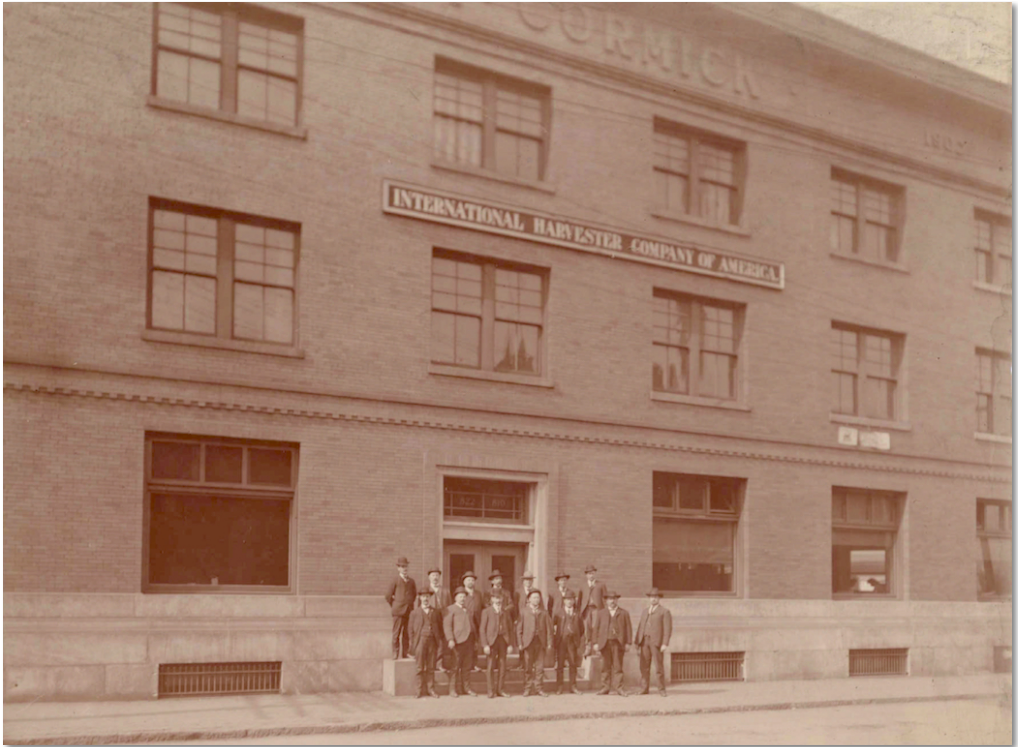
This 1904 photograph shows the building in its original three-story configuration with its original McCormick sign
and 1902 date of construction in the cornice. (Wisconsin Historical Society, McCormick-International Harvester Collection.)
The new company was valued at $110 million dollars. In 1907, IHC began efforts to diversify its product line beyond agricultural equipment with the introduction of truck manufacturing. As IHC expanded, so did its operations at 810 West North Avenue. By 1913, the IHC Pittsburgh Branch house had more than doubled in size with the construction of an addition to the west and a new fourth floor level. The building consisted of offices, showroom, and manufacturing spaces that helped support the company’s movement forward.
The global holdings expanded also for the company, in a measure to battle increasing foreign tariffs, building a network of agricultural implement factories in Canada, Sweden, France, Germany, and Russia. This resulted in two-thirds of IHC’s revenue coming from foreign sales of trucks and tractors by 1910, helping to make the company the fourth largest in the U.S. in terms of assets, behind U.S. Steel, Standard Oil, and American Tobacco.
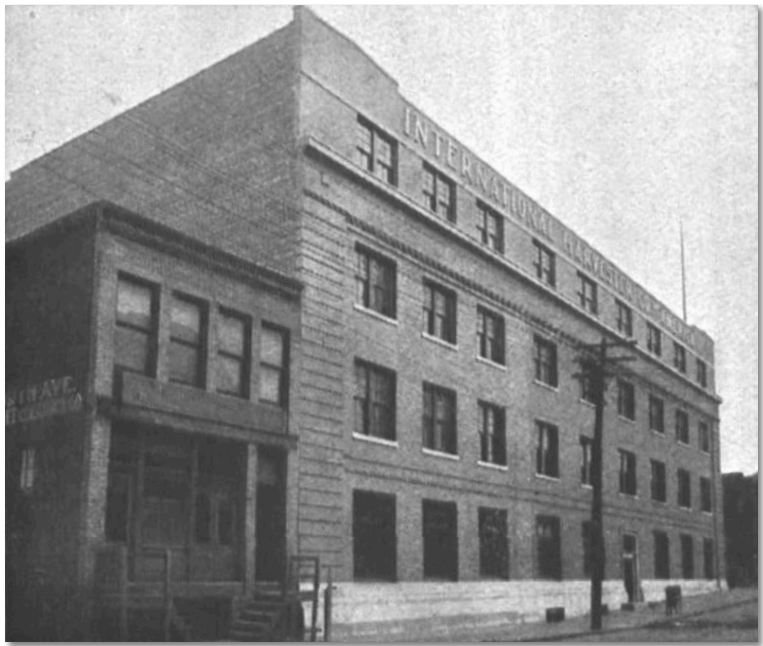
Main (south) facade of the newly expanded Pittsburgh Branch House in 1913. (The Harvester World 4, no. 12, December 1913, 15.)
The company’s rapid and successful expansion caught the attention of the federal government. In a number of cases between 1912 and 1928, a federal district court determined that IHC was a monopoly which had to be dissolved and with the U.S. government suing IHC for unfair pricing practices. Both situations were resolved with a compromise to the U.S. Attorney General that let the company reassemble under two new corporation names if it divested itself of three harvester lines along with limited dealer contracts to one per town and a Supreme Court ruling that asserted that the company had complied with its 1918 compromise of restoring conditions in the harvester industry.
The loss of dealerships was the most damaging to IHC because it resulted in about 5,000 dealers who were released from contracts and quickly signed with competitor companies. The IHC owners also, shortly after the Supreme Court decision, formally conveyed 810 West North Avenue to International Harvester Company and during 1944 the building was sold to Percy W. Hatfield with an agreement that IHC would continue operations as a tenant.
After July 1959 IHC ceased operations on West North Avenue and relocated to Leetsdale, northwest of Pittsburgh. The 1902 building was then sold to the Guckert Land Company, which remained in the building until 2020. IHC continued to sell farm equipment into the 1980’s and due to decreasing profit margins, negative management practices, and a UAW strike, the company sold their agricultural lines to Tenneco Inc. IHC in 1986 changed its name to Navistar International Corporation and continues to build medium to heavy duty trucks, school buses, and engines.
- Pre-rehabilitation exterior conditions showing infilled storefront windows, original upper floor windows, and painted ghost signs. Photo by Jeff Slack, Time & Place LLC, from National Register of Historic Places nomination, September 2020.
- Main (south) and side (west) facades before rehabilitation. Photo by Jeff Slack, Time & Place LLC, from National Register of Historic Places nomination, September 2020.
- 1st floor, before rehabilitation. Photo by Jeff Slack, Time & Place LLC, from National Register of Historic Places nomination, September 2020.
- Original 2nd floor office space, before rehabilitation. Photo by Jeff Slack, Time & Place LLC, from National Register of Historic Places nomination, September 2020.
- 3rd floor, before rehabilitation. Photo by Jeff Slack, Time & Place LLC, from National Register of Historic Places nomination, September 2020.
- 4th floor, before rehabilitation. Photo by Jeff Slack, Time & Place LLC, from National Register of Historic Places nomination, September 2020.
As a result of the building’s fascinating history, the property was listed in the National Register of Historic Places on April 12, 2021 (PA-SHARE Resource #2020RE00935). The property is significant under Criteria A and B for Commerce for the property’s association with the International Harvester Company and the work of Pittsburgh branch manager Emil Louis Mayer and under Criterion C for Architecture as an example of the Classical Revival style for IHC’s company brand.
Thanks the the launch of PA-SHARE SearchLite last month, you can now read the nomination here – simply scroll down to the last item on the attachments list to open the nomination.
Rehabilitation Project
Because of the property’s listing in the National Register, the property owners could use the federal and Pennsylvania historic tax credit programs as part of a financing package for the building’s rehabilitation.
Between 2022-2024, 810 W North Ave Associates LP got underway with a $15 million rehabilitation project of the International Harvester Company of America Pittsburgh Branch House to reuse the historic industrial building for new housing. Exterior work included:
- retention, repointing, and cleaning existing masonry and surviving “ghost” signage,
- in-kind replacement of the existing windows,
- removal of existing infilled openings to restore original appearance,
- construction of new and simply-designed window openings on blank west elevation,
- construction of new parking area and ADA ramp,
- rebuilding the loading docks with installation of new storefront systems within openings,
- installation of a new steel canopy over entrance, and
- in-kind repair of existing roof with the addition of new skylight-elevator override-mechanical units.
On the interior, work included:
- retention of existing features and finishes that contributes to the building’s industrial character,
- retention of original showroom and office space pressed metal ceilings,
- construction of apartment units,
- installation of new floor finishes, and
- addition of new MEP-fire suppression systems.
The large upper floor showroom and glazed office spaces were challenges but overall, the project team had a good set of architectural drawings and 3-D renderings that assisted in clearly outlining the proposed work and helping it to successfully move forward in the application process.
- Front/south facade (left) of the Pittsburgh Branch House, now designated as Allegheny Branch House Lofts, after rehabilitation. Photo by Jeff Slack, Time & Place LLC, from Historic Tax Credit Part 3, May 2024.
- West (left) and south (right) facades, showing new window openings at the 4th floor. Photo by Jeff Slack, Time & Place LLC, from Historic Tax Credit Part 3, May 2024.
- 1st floor lobby. The red tractor is a 1946 International Harvester Farmall Model H, a type that could have been seen on display and purchased in this building. Photo by Jeff Slack, Time & Place LLC, from Historic Tax Credit Part 3, May 2024.
- Rear and west facades after rehabilitation. Photo by Jeff Slack, Time & Place LLC, from Historic Tax Credit Part 3, May 2024.
- Former office area on 2nd floor is now part of an apartment unit. The original pressed metal ceiling, column, and wall trim was retained. Photo by Jeff Slack, Time & Place LLC, from Historic Tax Credit Part 3, May 2024.
- Former office area on 2nd floor is now part of an apartment unit. The interior glass and frame office partition and entrance door was retained and translucent film installed for privacy. Photo by Jeff Slack, Time & Place LLC, from Historic Tax Credit Part 3, May 2024.
- 3rd floor apartment unit. Photo by Jeff Slack, Time & Place LLC, from Historic Tax Credit Part 3, May 2024.
- 4th floor apartment unit, illustrating retention of historic metal fire door, unpainted brick walls, and open wood ceiling. Photo by Jeff Slack, Time & Place LLC, from Historic Tax Credit Part 3, May 2024.
The project received Part 3 certification from NPS on July 12, 2024, as the completed work met the Secretary of the Interior’s Standards for Rehabilitation. The project also received an allocation of $500,000 for PA Historic Preservation Tax Credit from DCED for FY 2022-2023.
After Rehabilitation
The historic IHC building has been repurposed into a residential property with 36 apartments. The former industrial property can now be experienced as a living space that gives a glimpse of its once glorious past.
The federal and state historic tax credit programs were once again key factors in making this project possible for the owner and the community it resides in. The Pennsylvania Historic Preservation Office is grateful to showcase these projects to help in keeping history a part of the future.
Comment Policy
PHMC welcomes and encourages topic-related comments on this blog. PHMC reserves the right to remove comments that in PHMC’s discretion do not follow participation guidelines.
Commenters and Comments shall be related to the blog post topic and respectful of others who use this site.
Commenters and Comments shall not: use language that is offensive, inflammatory or provocative (this includes, but is not limited to, using profanity, obscene, or vulgar comments); disparage other commenters or people; condone illegal activity; identify the location of known or suspected archeological sites; post personal information in comments such as addresses, phone numbers, e-mail addresses or other contact details, which may relate to you or other individuals; impersonate or falsely claim to represent a person or an organization; make any commercial endorsement or promotion of any product, service or publication.
If you would like to comment on other topics not related to this blog post but related to PHMC, please fill out the PHMC Contact Us Form.
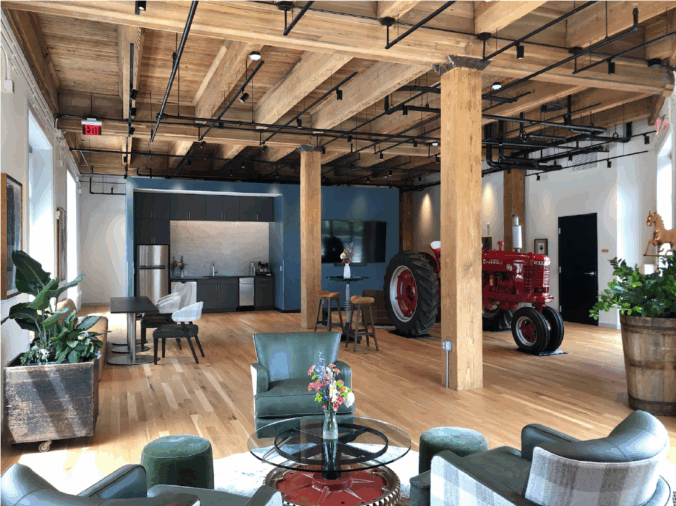
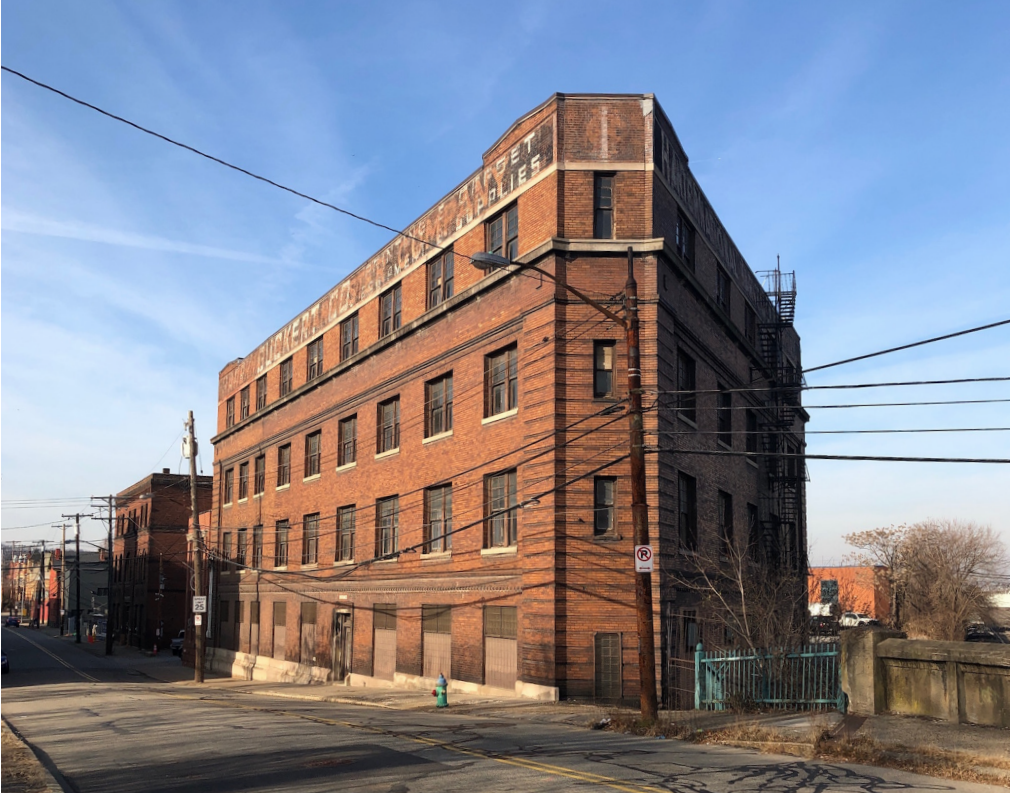
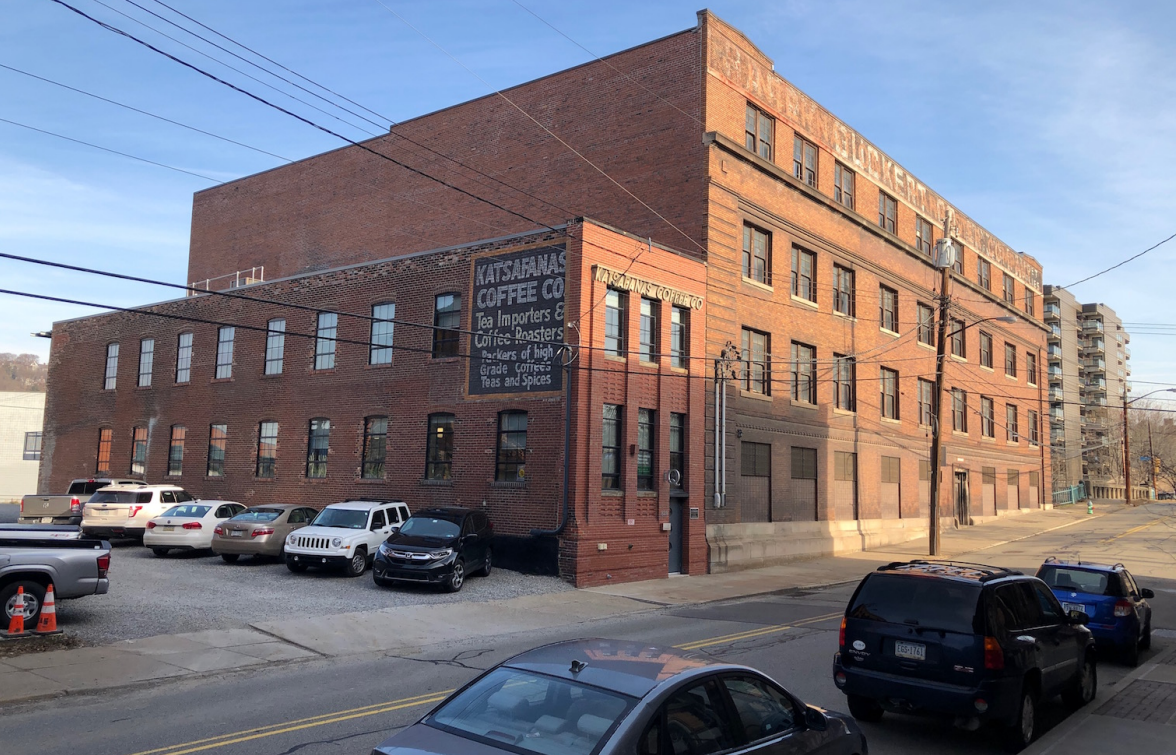
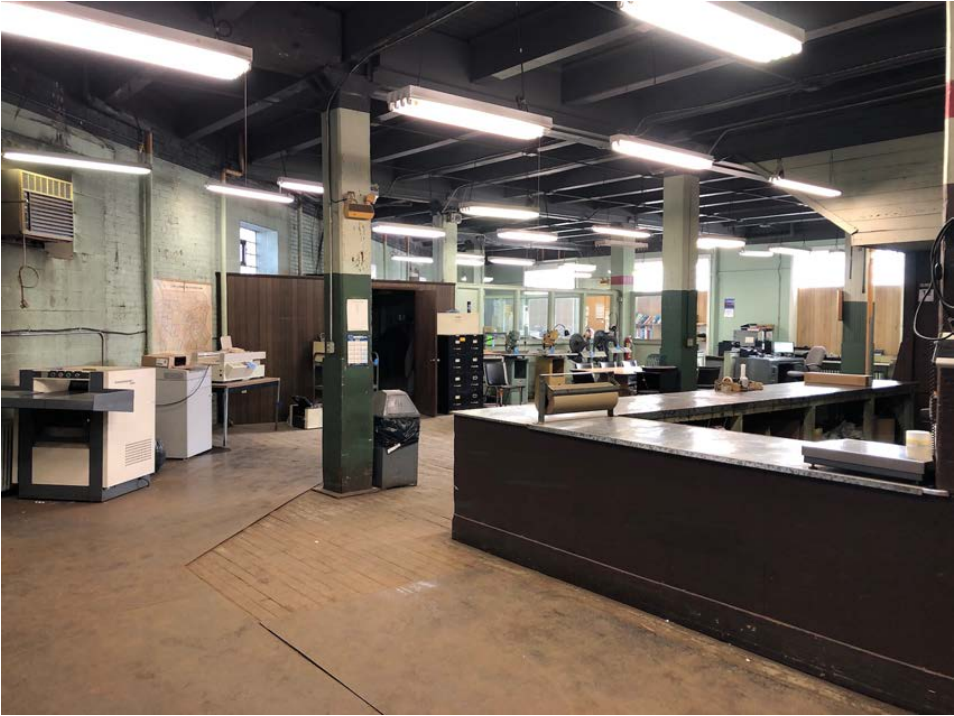
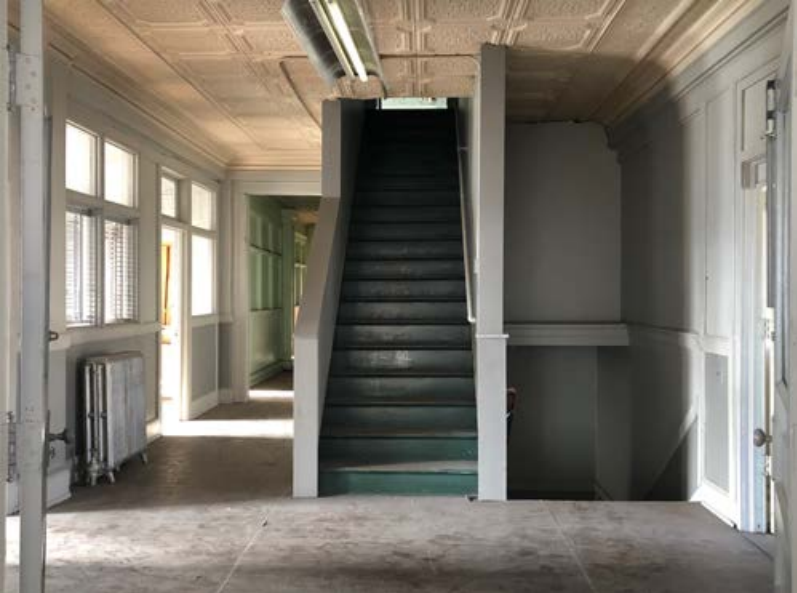
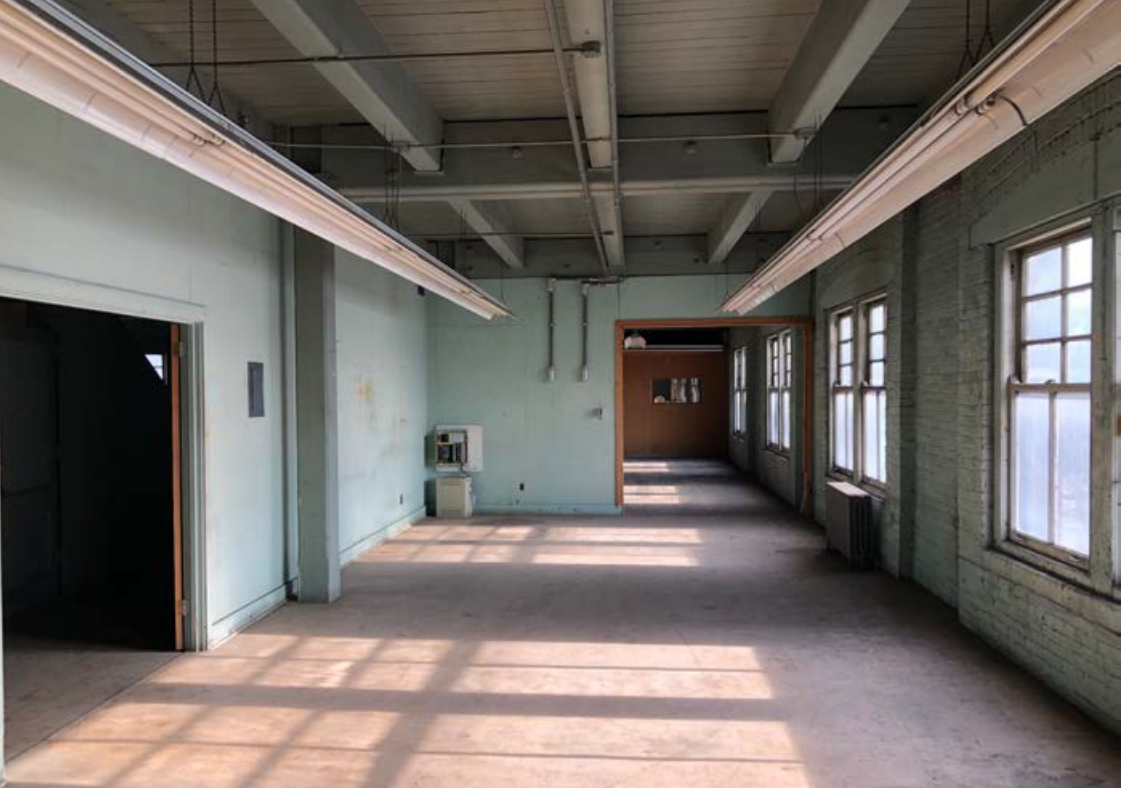
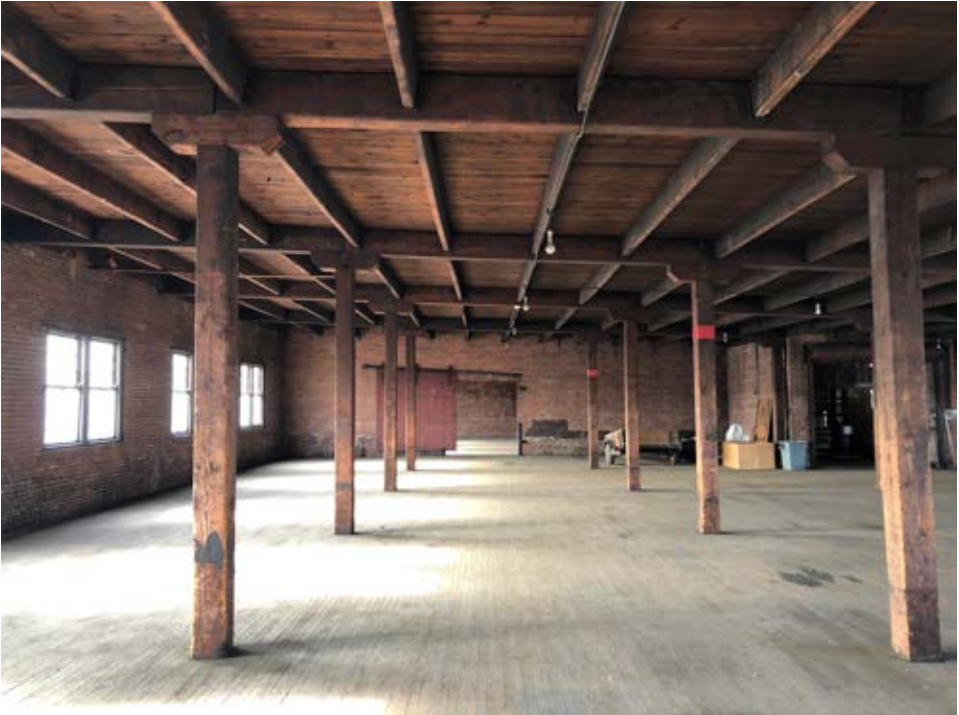
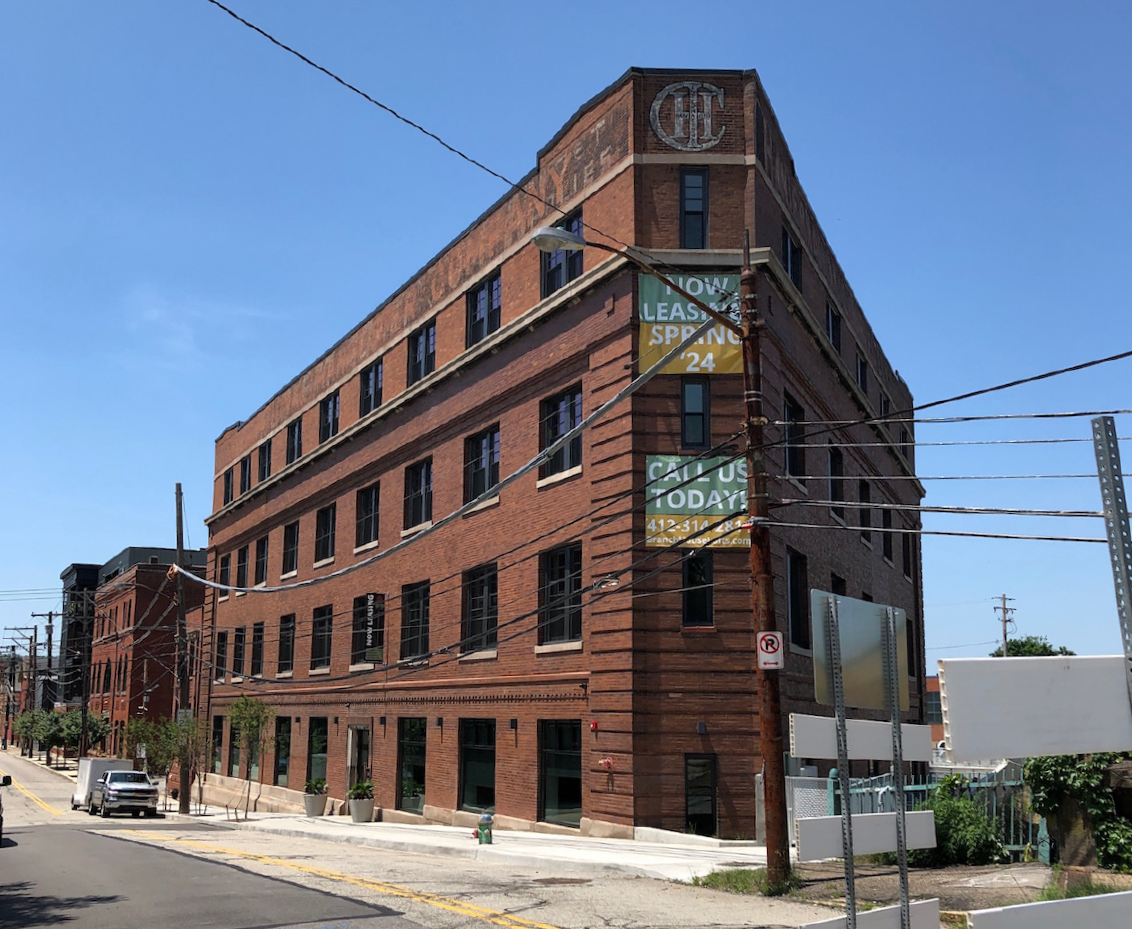
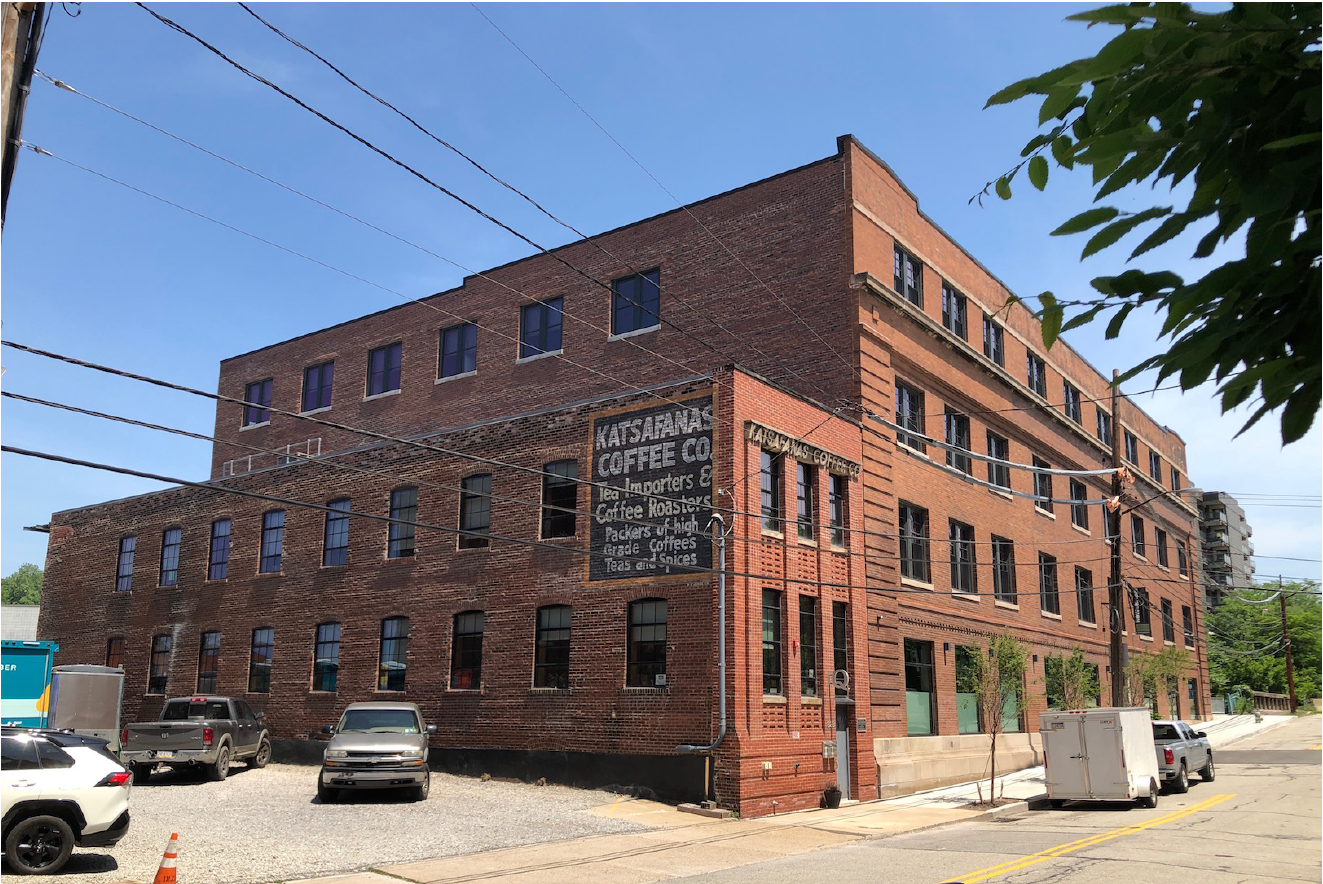
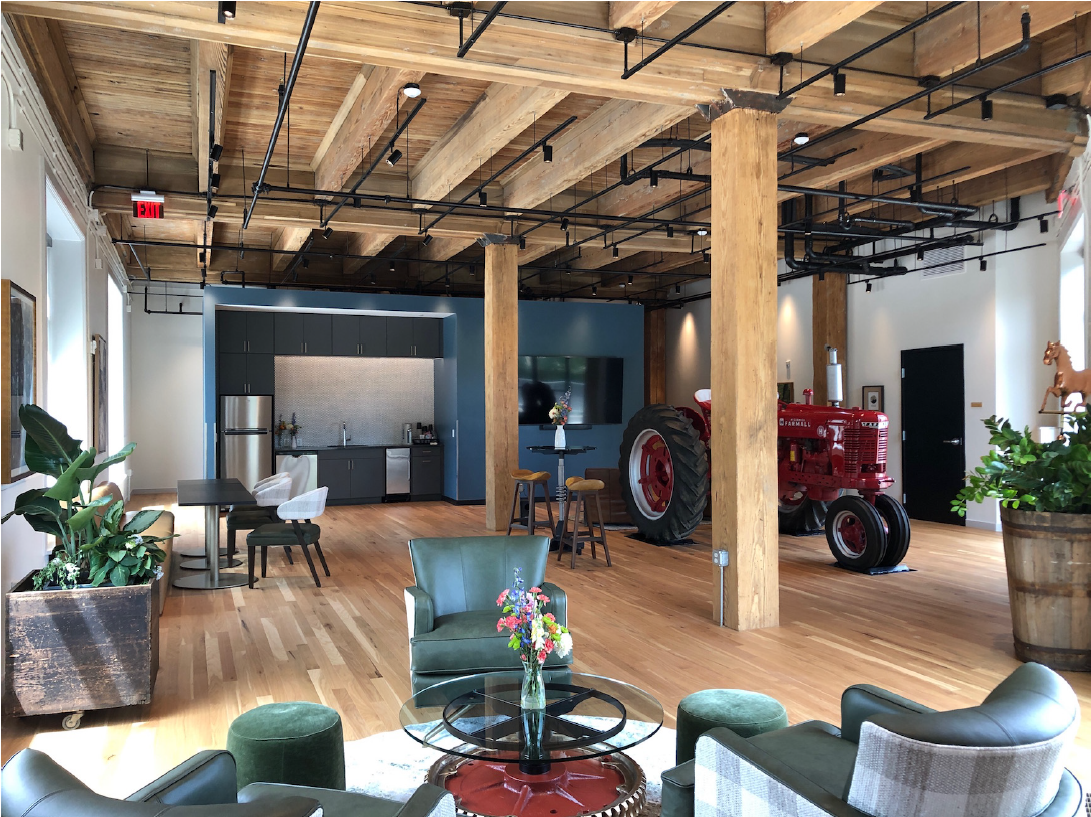
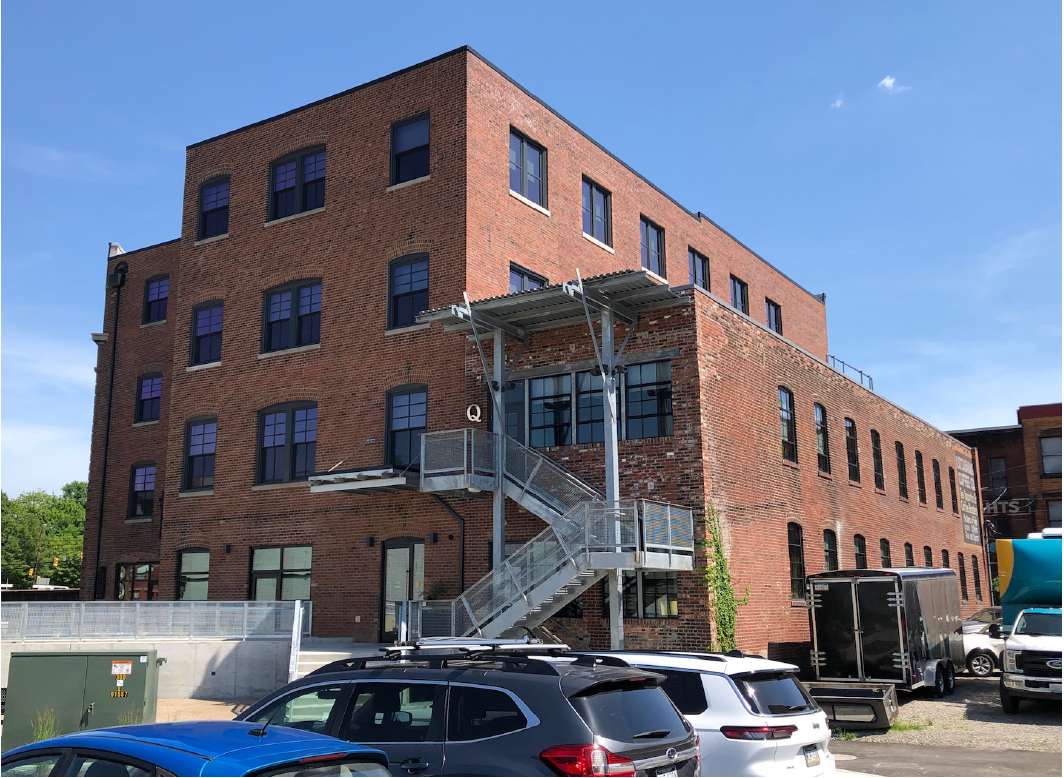
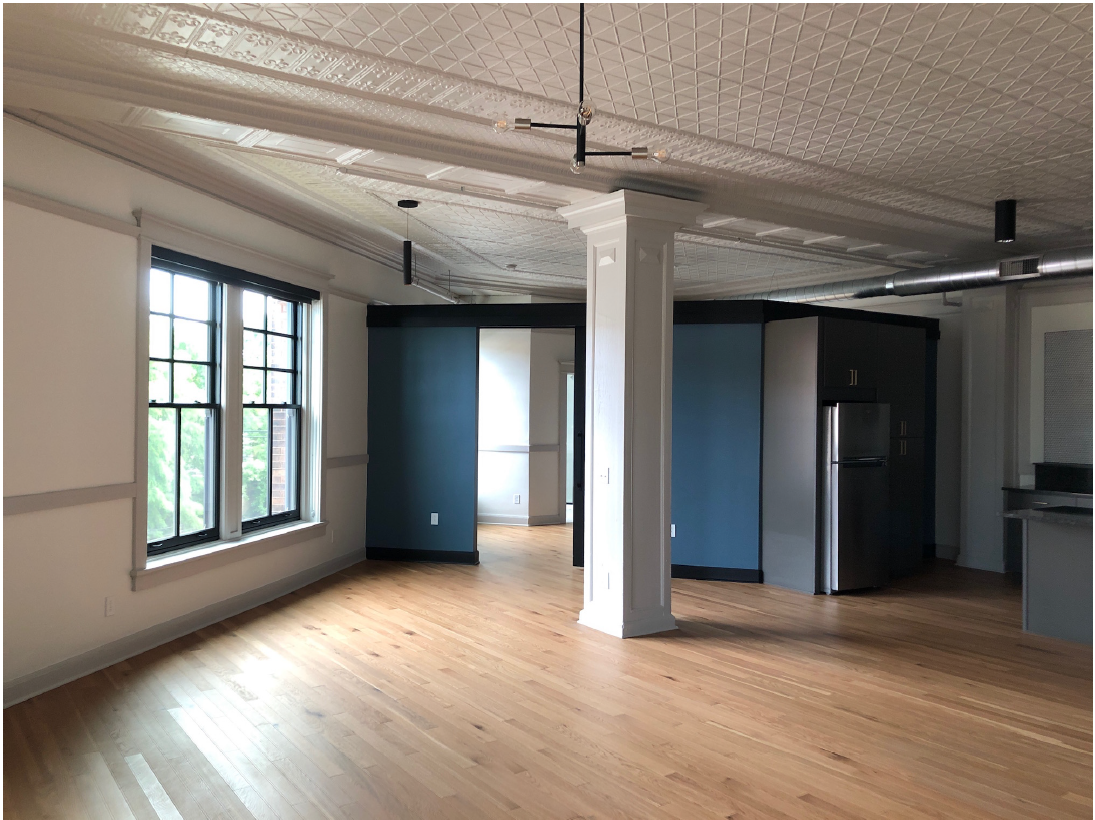
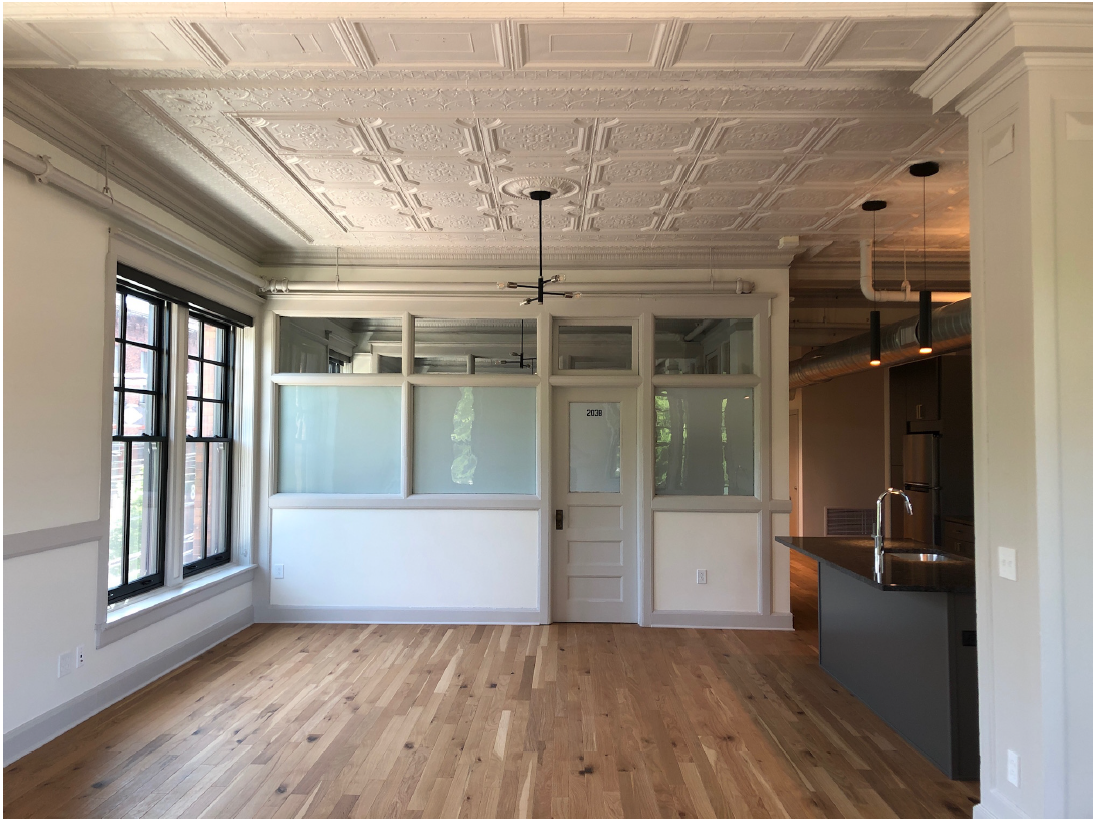
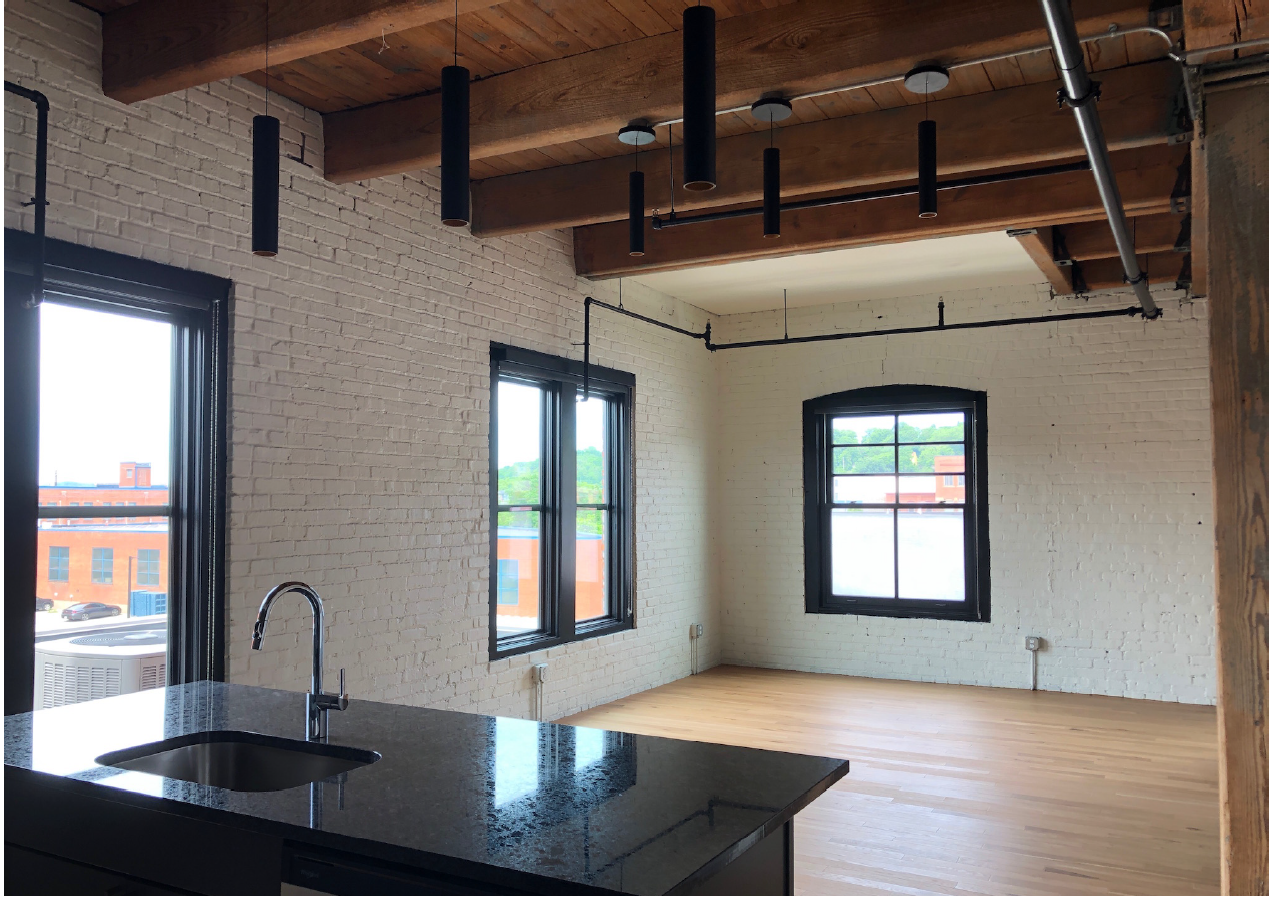
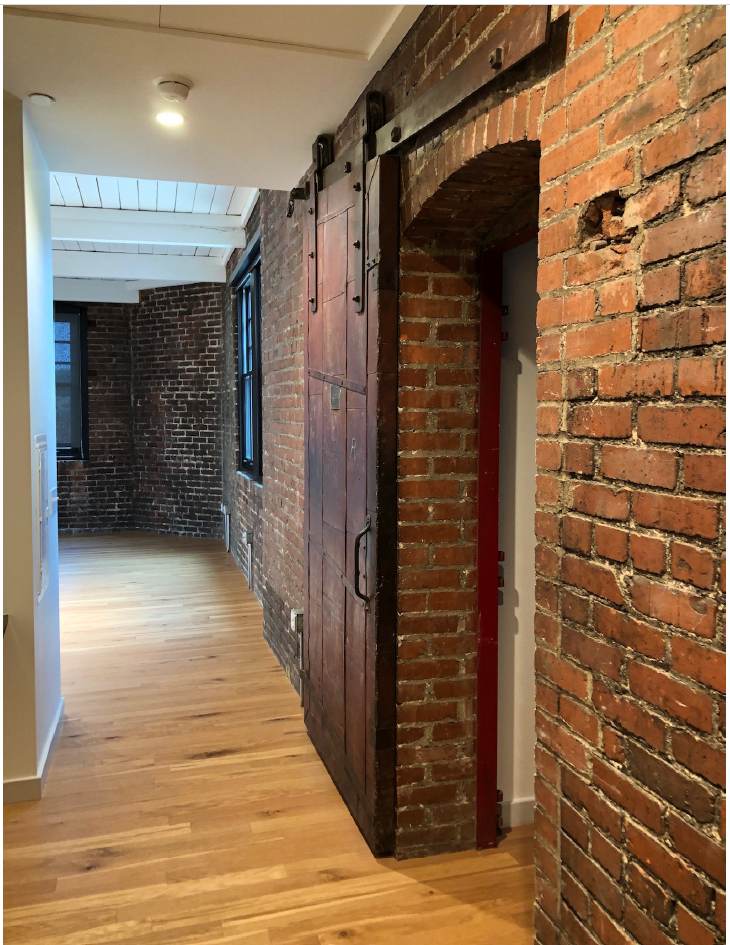
Leave a Reply